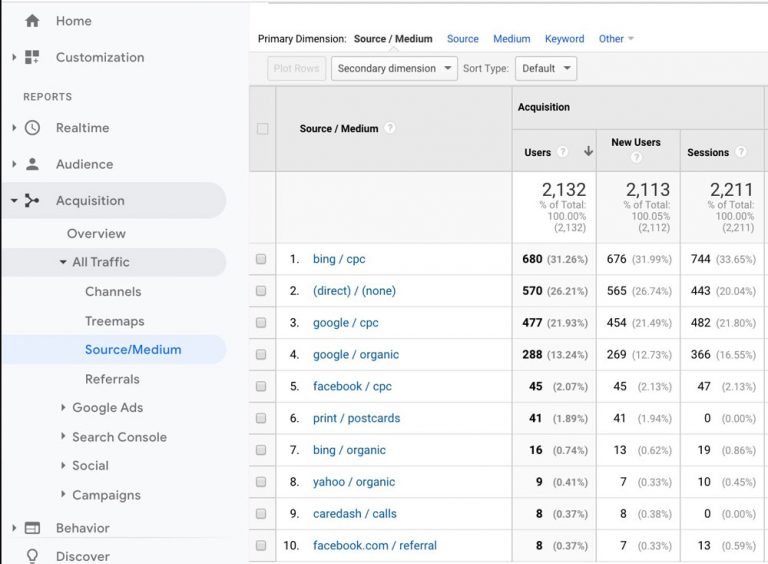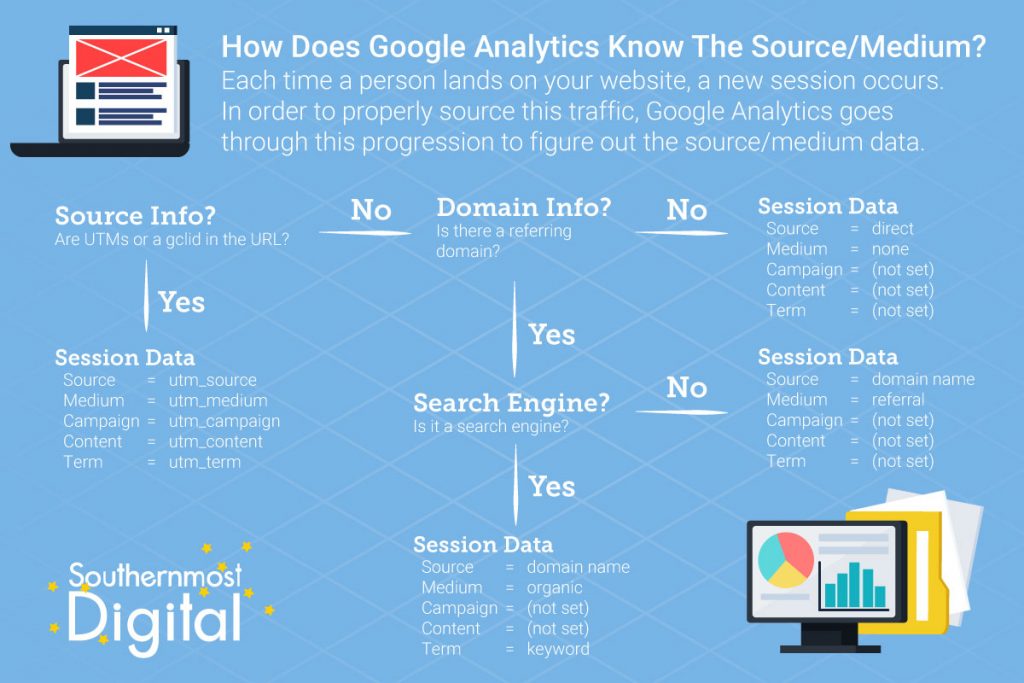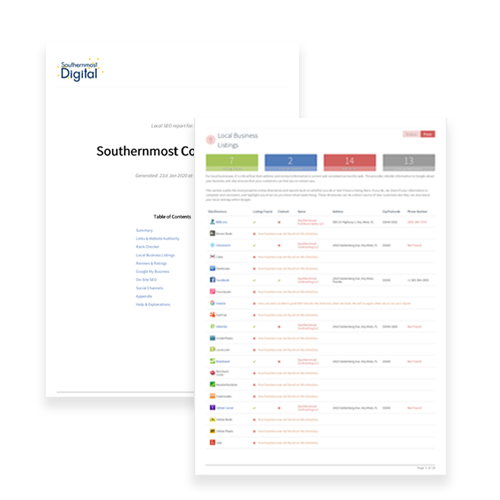What Are UTM Parameters?
One of the advantages that online marketing offers over traditional marketing is how well you can track its success. When you run a TV spot, you can gain a sense of how effective it is, does your phone ring more, are people looking for your brand. But when you send out an email, or run a Facebook ad, you can track the people that click through to your website and see exactly what they do.
A lot of this is accomplished thanks to UTM parameters.
So what is a UTM parameter and how can you use it to track your online marketing efforts?

How Tracking Works
Before we dive into UTMs, it’s important to understand how Google Analytics uses them.
When a session starts on your website, Google Analytics wants to know how how that user arrived at your site so that it can set the right source, medium, and other information. It goes through a series of steps in order to see where that session came from.

As you can see from the graphic above, the first thing that Google Analytics looks for is whether or not UTM parameters or a gclid (Google Ads Click ID) is in the URL. If either of those are there, Google Analytics is able to fill in the sourcing information for the link and how the user arrived at your site.
From there, all actions that the user takes during that session is then associated back to that source. Additionally, any subsequent sessions that don’t have a different sourcing information are associated with that source for six months.
So What are UTM Parameters?
UTM parameters, short for Urchin Track Model, are a key foundational element of Google Analytics, the world’s most popular platform for optimizing digital marketing campaigns. In short, UTMs help marketers track data, comb through it and improve marketing strategy.
Without the UTM parameters present, Google uses cookies to track traffic. When you add UTMs, you are basically overwriting Google’s standard tracking mechanism with your own customized tracking. UTMs are tailored parameters designed to fit your exact campaign needs.
By using UTM parameters (also called UTM tags or trackers), you can customize the text that you add to any URL. The added UTM values allow software to track and later optimize the traffic of that ad campaign. UTM tags appear in this way:
https://yourcompany.com/landing-page?utm_source=your-newsletter
There are five parameters that Google Analytics tracks:
- utm_source: tracks the source of the ad, e.g. utm_source=facebook, twitter, newsletter, etc.
- utm_medium: tracks the channel where the traffic came from, e.g. email, search, social, cpc
- utm_campaign: tracks the exact campaign that generated the traffic, such as a particular ad or newsletter date. Think spring-sale, plumbing-campaign, save-10-offer
- utm_content: tracks ad detail, such as creative, banner size, exact link in a newsletter
- utm_term: tracks exact keywords that are driving clicks in a paid search campaign. This one should only be used for paid search campaigns, otherwise it can mess up the built in reports within Google Analytics.
When Google Analytics receives a link that has UTM parameters with it, those will be added in to Google Analytics. A full link from a newsletter might look like:
https://southernmostdigital.com/blog/?utm_campaign=newsletter-11-18-2020&utm_medium=email&utm_source=constant-contact&utm_content=learn-more-link
- https://southernmostdigital.com/blog/ is the website domain you’re linking to
- utm_campaign=newsletter-11-18-2020 is the newsletter campaign you’re sending out
- utm_medium=email is the medium, or category, that is driving traffic. In this case, it’s an email
- utm_source=constant-contact is the source, in this case, you sent out the newsletter using Constant Contact
- utm_content=learn-more-link is the link that clicked on. For here, you can a Learn More link in your newsletter
The question mark right after the domain and URL paths indicates that the rest of the URL is not part of the domain, but rather used for tracking. The ampersands are used to separate the different UTM parameters.
Note that since this is a URL from a newsletter, we omitted the utm_term parameter.



























